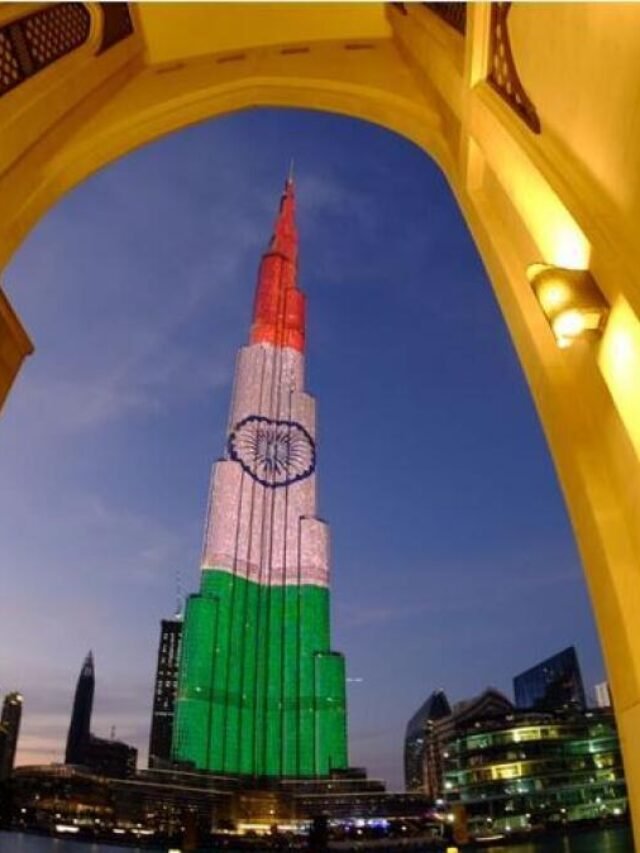Introduction of the Juvenile Justice Act: – Before delving into this act, let’s define the term “Juvenile.” It refers to anyone under the age of 18 who has been charged with a crime. As you may know, a child is someone under the age of 18, but when that child commits any crime, no matter how minor or heinous, he is referred to as a juvenile.
The Lok Sabha passed the Juvenile Justice Act (care and protection of children) 2015 amid protest and criticism in May 2015. The Rajya Sabha passed it in December 2015. It repealed the Juvenile Justice (Child Care and Protection Act) of 2000.
Juvenile Act of 2000
This act states that regardless of whether a juvenile has committed a minor or heinous crime, they will not be treated as normal criminals in India. The longest possible sentence was three years of prison sentences in reformatory homes.
This sparked widespread outrage and protest when one of the accused, In the 2012 Delhi gang rape, was a few months younger than 18 years old and was tried in a juvenile court under the Act.
Furthermore, the Juvenile Justice Amendment Act of 2015, which has 10 chapters and 112 sections, was passed in rebuttal to the Nirbhaya case of 2012 on the strong insistence of the majority of the population.
Act’s objectives
This act was introduced to prevent juveniles from becoming more serious criminals. The primary objectives of the juvenile justice system are to maintain public safety, develop skills, habilitate, and rehabilitate youth, and successfully reintegrate youth into society.
Provision of Act
- If a child under the age of 16 or 18 commits a heinous crime, they may be prosecuted as adult offenders.
- But there wouldn’t be a death sentence or a life sentence.
- According to the likely prior act(Juvenile Justice, 2000), offenders who commit less serious crimes are not treated as adult criminals and are only subject to a three-year maximum sentence.
- The state offered financial assistance to juveniles until the age of 21 under the 2000 Act. However, this has changed, and it is now given when a child is released from a reformatory home and reaches the age of maturity, which is 18 years old.
- Children’s court has a 30-day appeal period against a board order.
- There is no appeal against an acquittal order if the alleged perpetrator was not involved in a heinous crime.
if you witness a child committing a crime
What to do and what procedures are in place if you witness a child committing a crime
You can indirectly inform the police
To handle such issues, a specialized juvenile police unit was established. Within a 24-hour period, this unit will apprehend the child and present him before the board of juvenile justice. Children would be kept in observation homes during this time rather than being locked up with other adult offenders.
The Juvenile Justice Board
- The Board comprised of Metropolitan Magistrate,
- Two social workers one shall be a woman and
- This board’s primary duty is to safeguard children’s rights while they are being apprehended, providing legal assistance, etc., providing interpreters, or requiring social inquiry reports.
- The act requires the board to make a decision on the case within a maximum of four months. However, in some severe offences, the board may take up to six months to make a decision.
- In cases of ordinary crime, the Indian penal code provides for only summary trials.
- A summons trial will be held in cases of serious crime.
- In the case of heinous or extremely heinous offenses, the juvenile justice board will transfer the matter to children’s courts, where the trial will take place.
- If a juvenile court finds a juvenile to be guilty after hearing all relevant evidence, the court may impose any sanctions other than the death sentence or life imprisonment.
Punishment
Depending on the gravity of the crime, there are various methods of punishment, such as fines, creative punishment such as group councils in which a psychotherapist or expert converses with the offender and attempts to reform his mental state and thought processes, and release on the grounds of a bond or promise not to break the rules in the future (in very normal crime). In serious offences, the offender is lodged in reformation homes, which provide vocational and educational training to rehabilitate offenders.
Care and protection for a child are required
This indicates that there are numerous children in the nation who require care and protection, and the act makes provisions for rehabilitating such children.
- We Can Deduce Who These Children Are From The Following Points.
- Whoever is discovered to be homeless or without a fixed place of residence.
- Illness of the mind.
- Whose parents or guardians have been determined to be unfit to care for and protect the child?
- Who has been identified as vulnerable and likely to become involved in drug abuse or trafficking, etc.?
Punishments For Crimes Against Children
- The penalty for disclosing a child’s identity is six months in prison or one lakh in fines, or both
- 3-year prison sentence and one lakh rupees fine for cruelty to a child.
- Employing a child for begging carries a five-year prison sentence and a one-lakh-dollar fine.
- Giving intoxicating alcohol or drugs to a child carries a seven-year prison sentence and a one-lakh fine.
- The sale of children for any reason carries a five-year prison sentence and a fine of one lakh rupees, etc.
Authority Established By Act
The Juvenile Act of 2015 clarifies the powers, functions, and duties of the Juvenile Justice Board (JJB) as well as the Child Welfare Committee (CWC); establishes timelines for JJB inquiries, and The Act requires that J.J.B and C.W.C be established in each district. Both must have at least one female member.
Conclusion of the Juvenile Justice Act
According to the National Crime Records Bureau, the crime rate committed by people under the age of 18 is steadily increasing. It is critical that every child is aware of these laws in order to control these rising rates. This act was enacted to prevent juveniles from becoming more serious criminals.
Additionally, it has been noted that crimes committed by children between the ages of 15 & 16 have massively increased. Early childhood experiences, dominant masculinity, parenting style, economic chaos, and other factors are the natural inclination or psychology behind the crime or the causes of offence. If we’re able to comprehend the child’s subjective issue, we can prevent juvenile crime because children’s minds have a completely innocent and manipulative nature.
Frequently Asked Questions
What exactly is the JJ Act in India?
The Juvenile Justice Act of 2015 is India’s primary legal text for the protection of children. The JJ Act ensures the protection, safeguards, education, and well-being of underprivileged children in India.
Who is considered a child under J.J Act?
The Juvenile Justice Act of 1986 outlined a juvenile or child as an individual who has not attained the age of 16 for a male and 18 for a female.
When was the JJ Act enacted?
This was followed by the Juvenile Justice Act of 1986. This is because of the Minimum Standards for the Administration of Juvenile Justice established by the United Nations in 1985.
What is the maximum sentence for a juvenile?
The maximum penalty for juvenile delinquents under the Act is 3 years, and this sentence applies to both severe & minor offences. In the case of an adult offender, the maximum penalty that can be imposed is 7 years in prison, life imprisonment, or the death penalty.

























